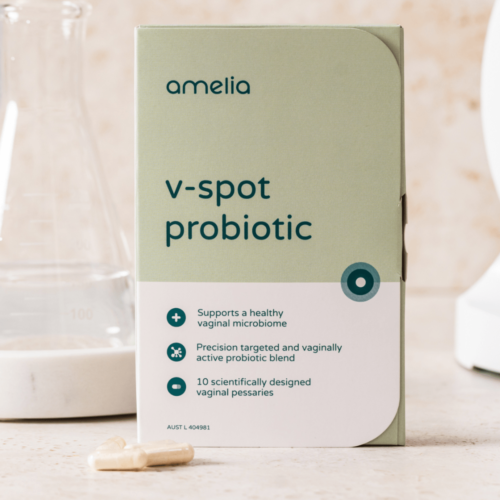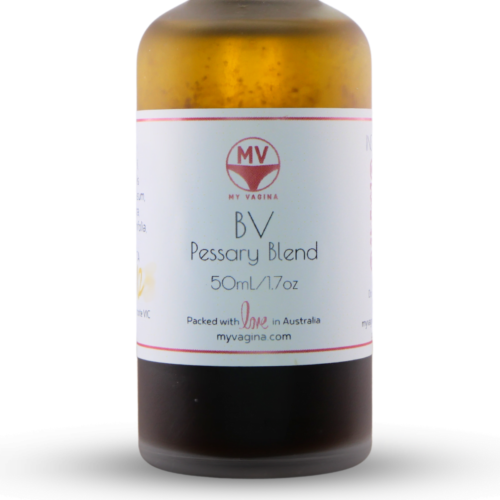Erosive lichen planus is a chronic condition that impacts the mucous membranes in the mouth, vagina and penis. In the vulva, it is referred to as vulval lichen planus, with a severe version in women called vulvovaginal gingival syndrome, which causes ulcers in the mouth, gums, vagina and vulva.
While it sounds like the same thing, lichen planus is only sometimes associated with cutaneous lichen planus and other forms of lichen planus.
Symptoms of erosive lichen planus
- Painful ulcers that don’t go away in the mouth, vulva and vagina
- Heal with scars
- Mostly affects adult women
- Ulcers on the labia minora (inner lips) and the entrance to the vagina (introitus)
- Bright red, raw flesh
- Inflammation inside the vagina
- Unusual discharge (made up of peeling vaginal cells)
- Vaginal bleeding, easy bleeding
- Stinging on urination
- Vulvodynia (burning, painful vulva)
- Severe itch
- Clitoral hood may shrink
- Labia may shrink and adhere to one another
- Scarring may close the vagina
- Can affect the eyelids, ear canal, oesophagus, larynx, bladder and the anus
Causes of erosive lichen planus
The cause is unknown, but it is thought to be an autoimmune condition with T-lymphocytes attacking the epidermis (skin) layers. It is not thought to be due to allergies or infections.
Over a long period of time, erosive lichen planus can develop into cancer of the mouth, vulva or penis, and may be related to smoking, immunosuppression, or the HPV virus.
Treatment for erosive lichen planus
This condition is hard to treat well, and its chronicity provides some challenges. Treatment may be intermittent or continuous. For the mouth, oral hygiene must be excellent, and genitals should be washed with just warm water and non-soap cleanser (aqueous creams are good). Emollient should be applied as needed.
Topical steroids are used daily in 4-6 week courses, or long-term, 1-3 times per week. Delivery is by a puffer, pase, nasal spray two or three times per day.
The vulva is treated with clobetasol propionate ointment or cream applied thinly once per day. It stings. Hydrocortisone foam may be applied inside the vagina or anus. Pimecrolimus cream or tacrolimus ointment can work very well in some people, applied once or twice per day for weeks. Certain mouthwashes may be prescribed.
Steroids taken internally (prednisone) can help for a few weeks at a time. The usual dose is 0.5-1mg/kg/day, and once the lesions start to heal, medication is tapered. Steroids taken over a long period of time can have very serious side effects.
Vitamin D and calcium are suggested to reduce bone thinning caused by steroid use. Methotrexate (10-20mg once per week) may be prescribed – this is a chemotherapy drug and isn’t prescribed lightly.
Use with folic acid to reduce possible side effects,and monitor blood and liver function while avoiding alcohol and pregnancy.
You may be prescribed other medications like antifungals, antibiotics, thalidomide, hydroxychloroquine, or surgery. Vulvar surgery may include separating the labia which have fused.
Specially formulated probiotic for vaginal application to promote a healthy vaginal microbiome.
Unique, comprehensive BV, AV and 'mystery bad vag' treatment guide, one-of-a-kind system, with effective, innovative treatments.





